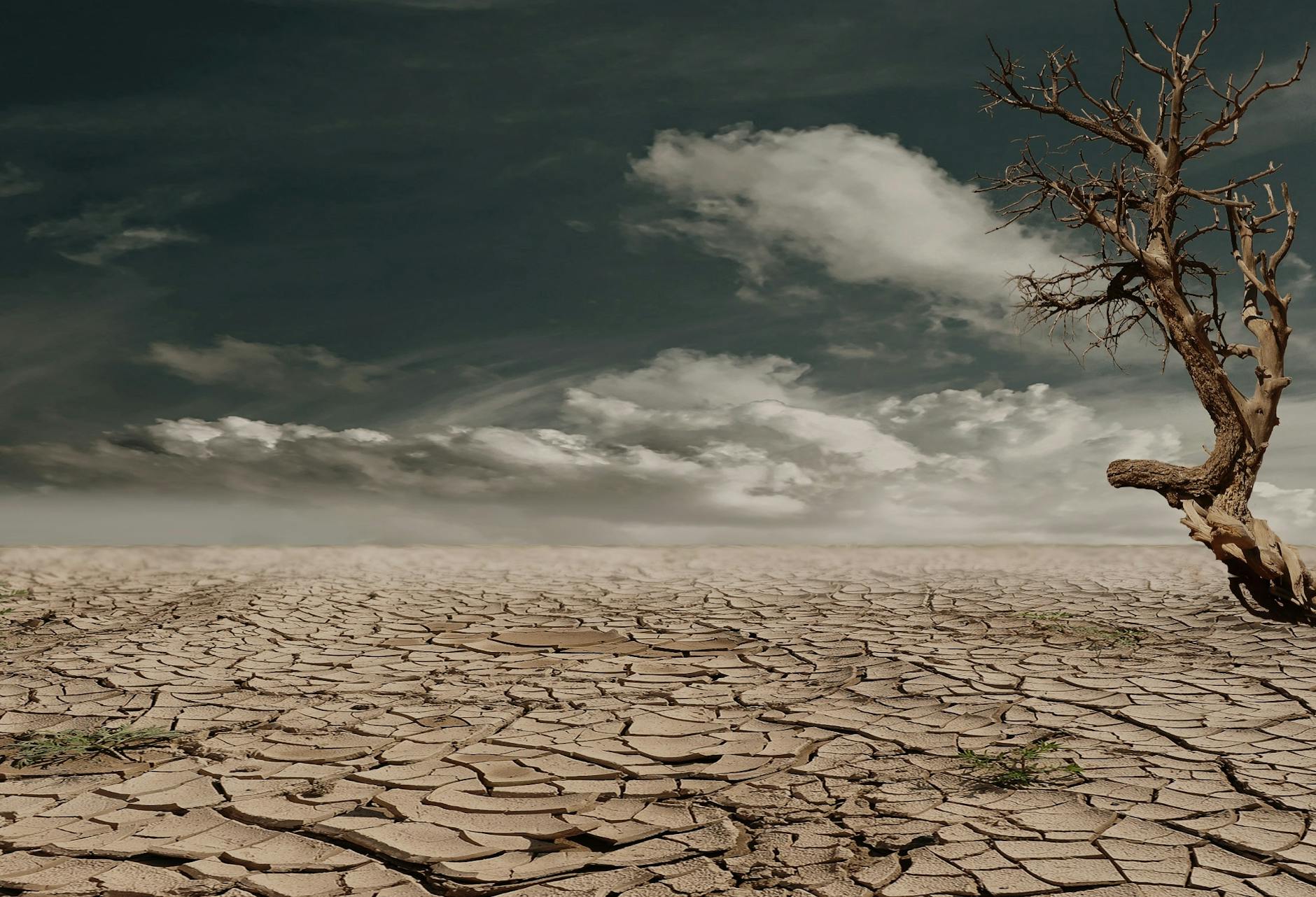Introduction
Climate change refers to long-term changes in temperature, precipitation, wind patterns, and other aspects of the Earth’s climate system. According to the Intergovernmental Panel on climate change (IPCC), climate change is primarily caused by human activities, especially the burning of fossil fuels such as coal, oil, and natural gas. These activities release greenhouse gases like carbon oxide, methane, and nitrous oxide into the atmosphere. These gases trap heat from the sun, leading to a gradual increase in global temperatures-a phenomenon commonly referred to as global warming.
Deforestation, industrial processes, and certain agricultural practices also contribute significantly to climate change. As climate contributes to change, it poses serious risks not only to the environment but also to human health.
Health risks associated with climate change:
One of the most pressing health risks linked to climate change is the Spread of diseases. Warmer temperatures and changes in rainfall patterns can create favorable conditions for the breeding of disease-carrying insects such as mosquitoes and ticks. For instance, malaria, dengue fever, and Lyme disease are expected in new regions as their vectors expand their habitats.
In tropical and subtropical regions, diseases like cholera and other waterborne infections may become more common due to the increased frequency of flood and contamination of drinking water sources.
Another major concern is Air pollution, which is worsened by climate change. Warm temperature can increase ground-level ozone formation, a harmful air pollutant that can trigger asthma and other respiratory problems. In addition, wildfires-which are becoming more frequent and intense due to hotter, drier climates-release large amounts of smoke and fine particulate matter into the air. These particles can penetrate deep into the lungs and bloodstream, causing cardiovascular and respiratory diseases, especially among children, the elderly, and people with preexisting conditions.
Heat stress is also a direct consequence of climate change. Rising temperature and more frequent and intense heat waves increase the risk of heat-related illnesses such as heat exhaustion, heatstroke, and dehydration. Vulnerable populations-including the elderly, infants, outdoor workers, and people without access to cooling-are at particularly high risk. Urban areas, due to the “urban heat island” effect, often experience higher temperatures than rural areas, making city dwellers more prone to heat stress.
How climate change issues can be addressed:
To address these health threats, adaptation strategies must be implemented.
First, the public health system should be strengthened to monitor and respond to climate-sensitive diseases. Early warning systems and disease surveillance programs can help detect outbreaks early and take action to prevent them from spreading.
Second, improving access to clean water and sanitation is essential to prevent waterborne diseases, especially after floods or drought.
Third, efforts to reduce air pollution can also help mitigate climate change and protect public health. Transitioning to cleaner energy sources such as solar and wind, improving energy efficiency, and promoting the use of public transportation can all reduce emissions. Urban planning should include the creation of green spaces, which can help cool cities and improve air quality.
To combat heat stress, communities can implement cooling centers and provide public education on how to stay safe during heatwaves. Buildings and homes can be designed or retrofitted to withstand extreme temperatures using better insulation, ventilation, and cooling technologies.
Conclusion
Climate change poses a serious threat to human health through the spread of diseases, increased air pollution, and extreme heat. The intergovernmental panel on climate change has clearly identified human activity as a major drive of climate change. To protect public health, governments, communities, and individuals must work together to adapt to the changing climate. Strengthening the health system, reducing emissions, and making our cities more resilient will go a long way in curbing the health risks associated with climate change. The future of global health depends on the action we take today.




